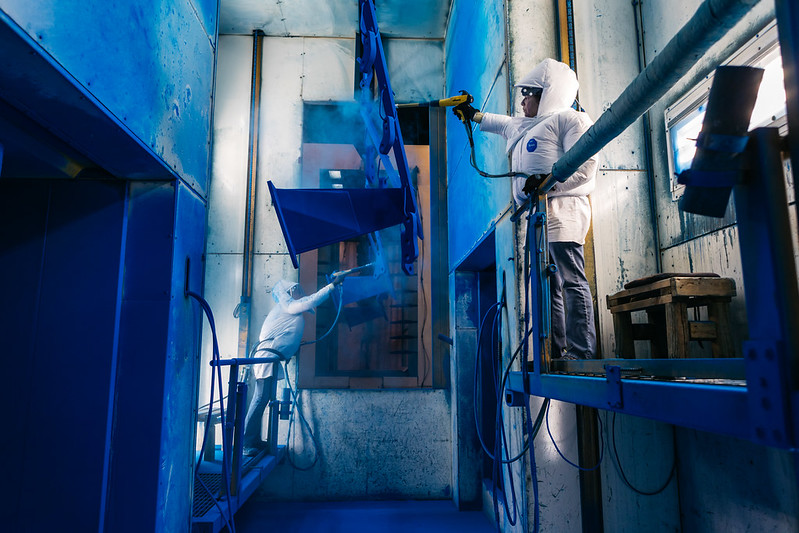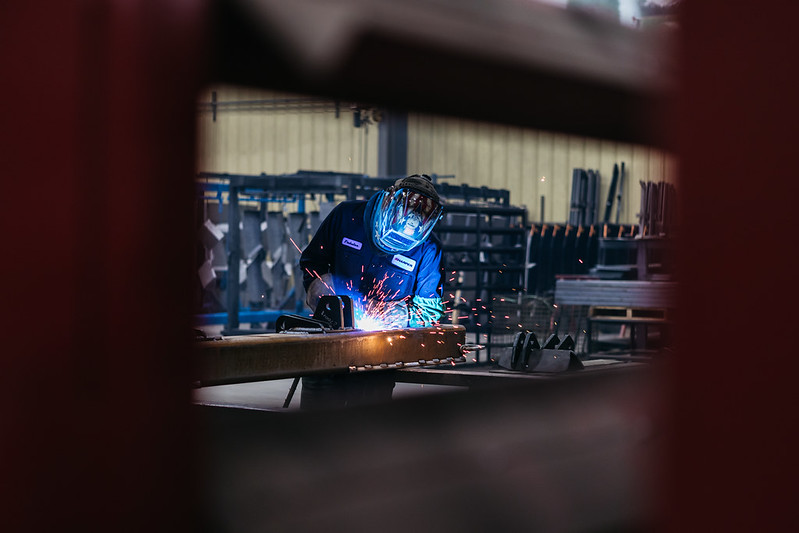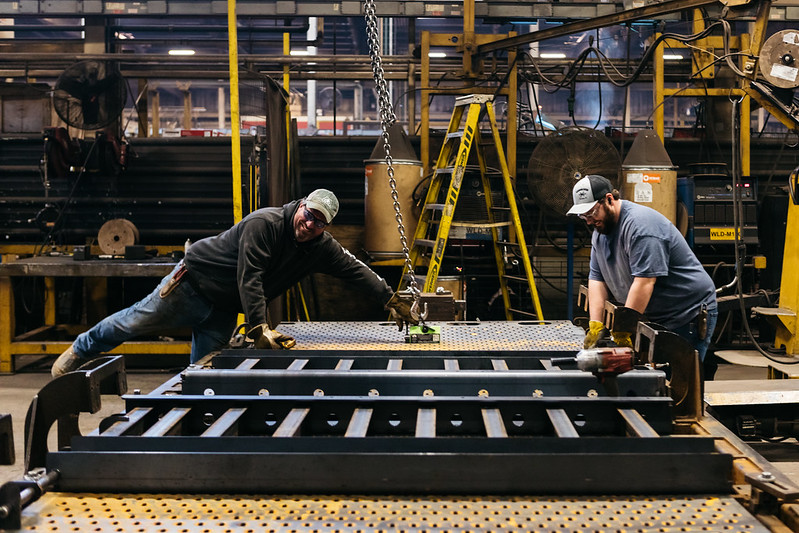By Mike Schmidt, AEM Director of Industry Communications —
Despite the crucial role they play in equipment manufacturing product design and development, voluntary industry standards can be – and often are – confused with government regulations that require compliance on the part of manufacturers, sellers, and the customers they serve.
It’s easy to understand why, since both standards and regulations drive technical requirements related to engineering design, development and production. However, understanding the key differences between the terms “standard” and “regulation,” and how they work in concert with one another, ultimately sheds light on the value of industry standards and just how much they positively impact the equipment manufacturing industry.
“Standards are basically consensus documents that provide guidance for a product, a practice or a process,” said Travis Tsunemori of AEM member company Kubota North America, and a presenter at a recent edition of AEM's upcoming Product Safety & Stewardship Conference and Liability Seminar. “For our off-road equipment industry, we’re talking about documents that are useful in the design, development and testing of our products, and maybe even the selling and protection of our products as well.”
Get equipped with uniquely valuable insights on the latest in standards, regulations, and best practices to move your product safety, compliance, and liability programs forward at AEM's Product Safety & Stewardship Conference and Liability Seminar. Slated for April 28 – May 1, 2025, this conference is organized for AEM members and by AEM members. Learn more and register now.
Standards Vs. Regulations – Clearing Up the Confusion
There is no shortage of examples as to what equipment manufacturing industry standards might cover. According to Tsunemori, examples could include (but are not limited to) the following:
- Design for compatibility (tractor hitches, bucket and attachment coupling, hydraulic/electric/pneumatic connectors)
- Safety (design: distances for guarding, protection zones for roll-over; testing: protective structure and guard performance)
- Other testing (product performance, field of vision)
- Definitions, ratings and sustainability
- Scientific basis for regulations
Regulations, on the other hand, are a requirement from a government agency or authority. Unlike standards, they are not voluntary.
“In a very simplified world, they are best described as ‘the law,’” explained Tsunemori. “And you have to follow the law.”
Exactly who (or what) a particular regulation applies to varies on a case-by-case basis. For the equipment manufacturing industry, sometimes a regulation applies to the manufacturer of a product. Other times, it applies to the seller of that product, the customer, the operator, or the worksite.
Ultimately, standards and regulations differ in several notable ways. According to Tsunemori:
Standards are:
- Technical documents
- Driven by consensus
- Crafted by experts
Meanwhile, regulations are:
- Sometimes based on standards
- Created by a variety of individuals and entities
- Overseen by federal, state, and/or municipal authorities
Why Standards are so Important
There is a very close relationship between standards and regulations. Well-conceived standards, applicable and used by industry, minimize the need for, and risk of, regulations being developed. In addition, when it’s deemed necessary to draft regulations, good standards make for an excellent basis for the regulations and, in some cases, voluntary consensus standards are directly referenced in a particular regulation.
That’s why AEM and its member company representatives like Tsunemori participate in the efforts of standards development organizations (SDOs) in the United States and internationally. While a process differs a little based on whether the standard is being developed in the U.S. or overseas, each contains the following steps:
- Someone, either within the industry or outside of the industry, identifies the need to create a new standard or revise a current standard.
- An SDO gathers experts to address that need.
- Experts create the content.
- Experts review the content and come to a consensus.
- The SDO and experts formally ballot and address comments using an open, transparent due process.
- The SDO finalizes and publishes the standard.
While AEM does not develop standards, it works closely with the American Society of Agricultural and Biological Engineers (ASABE), SAE International (SAE), the International Organization for Standardization (ISO) and other SDOs to make sure its members, and the equipment manufacturing industry overall, have their voice heard in the process.
“And the main advantage to being involved in the process is to be informed of the upcoming changes that might impact your business, to be able to influence those changes, and – especially if you feel something is lacking – to identify and lead new work, if it’s required,” said Tsunemori.
How to Get Involved in Standards Development
Tsunemori also noted that it’s not all that difficult to for organizations to make an impact in the standards development process, and he offered the following advice for equipment manufacturers that want to participate:
- Start by getting involved with trade associations capable of assisting with finding the right standards developer for a particular industry.
- Reach out to an SDO and find out how to participate.
- Work with the SDO to provide input and feedback on standards being revised or developed.
“Don’t wait until a regulatory violation or lawsuit forces you to become involved, and be sure to leverage the collective knowledge of your peers in the industry,” continued. “To me, that’s the huge advantage of AEM and other trade association technical groups. There’s a lot of people that have been down the road, they’re familiar with it, and they have some history. Because, ultimately, it’s for the betterment of the industry that we’re all working together.”
AEM Safety & Product Leadership
AEM’s Safety & Product Leadership Department works to address ever-increasing global demands on equipment manufacturers to develop machines that are safe, productive and compliant. To learn more about the association’s efforts as they relate to standards and regulations, visit https://www.aem.org/safety-product-leadership or contact your Account Success Advisor.





